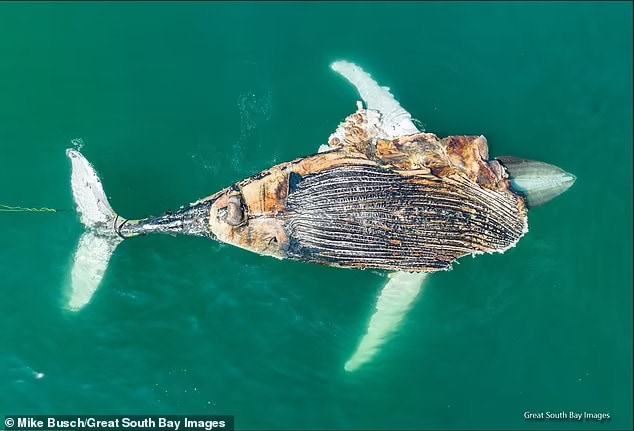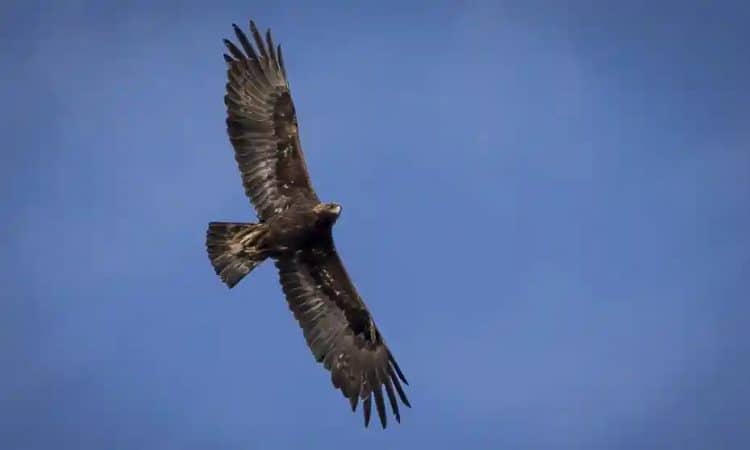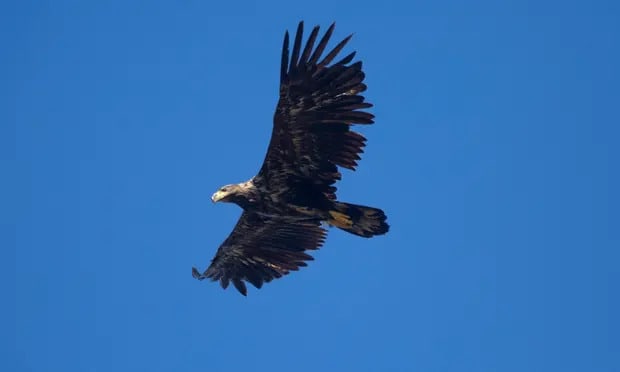American Bird Conservancy (ABC), the nation’s leading bird conservation organization, has called the final, voluntary wind guidelines released today by the U.S. Department of the Interior (DOI) unenforceable, and charged that they will do little to protect millions of birds from the negative impacts of wind energy.
“ABC supports wind power when it is ‘bird-smart.’ Unfortunately, voluntary guidelines will result in more lawsuits, more bird deaths, and more government subsidies for bad projects, instead of what America needs: true green and bird-safe wind energy,” said Kelly Fuller, Wind Campaign Coordinator for ABC.
“Years ago, we thought hydro power was the ’green’ energy of the future, so we rushed ahead and built scores of dams. Over 1,000 of those dams have now been torn down because of their serious impacts to the environment. That same blind, shortsighted rush is happening with wind power. We aren’t learning from our past mistakes. History is simply repeating itself,” said Fuller.

In December, with the help of Meyer Glitzenstein and Crystal (MGC), a Washington, D.C.-based public interest law firm, ABC formally petitioned the U.S. Fish and Wildlife Service (FWS) to establish a mandatory project permitting system (a process that would ensure that wind farms were well sited, operated, and mitigated). If adopted, this system would prevent the most egregious developments while allowing relatively benign developments to proceed in conjunction with certain mitigations.
However, DOI today also rejected this petition. Had it been adopted, the proposal would have protected birds and provided legal certainty that wind developers in compliance with a permit would not have been subjected to criminal or civil penalties for violation of the Migratory Bird Treaty Act (MBTA). The petition is available here.
“For four years, FWS has been attempting to fix the voluntary guidelines problem with band aids. This is in spite of the fact that more than 150 organizations and 20,000 concerned citizens have shown their support for mandatory standards or are on record asking the Department of Interior for mandatory standards, not voluntary guidelines. Included in this group are the Sierra Club, Cornell Lab of Ornithology, American Birding Association, and many state Audubon societies,” Fuller said.
“The federal government is seeking to promote an energy sector in a manner that is in violation of its own laws. The rejection of the effective alternative proposed in our petition in favor of non-binding guidelines is disappointing — for many years now, voluntary guidelines have proven to be completely ineffective. All the government has done today, despite the groundswell of support for mandatory standards, is come up with yet another version of a failed strategy,” said Shruti Suresh, an attorney at MGC.
“Switching to the project permit system proposed in our petition would have fulfilled the agency’s mandate to protect migratory birds and keep them from becoming endangered while still enabling wind power development to continue,” Fuller said.
In 2009, FWS estimated that 440,000 birds were being killed each year by collisions with wind turbines, and recently included this figure in the agency’s 2013 budget request to Congress. In the absence of clear, legally enforceable regulations, the massive expansion of wind power in the United States will likely result in the deaths of more than one million birds each year by 2030. Further, wind energy projects are also expected to adversely impact almost 20,000 square miles of terrestrial habitat, and another 4,000 square miles of marine habitat.
This article was written and published by American Bird Conservancy (ABC), a 501(c) not-for-profit membership organization whose mission is to conserve native birds and their habitats throughout the Americas. ABC acts by safeguarding the rarest species, conserving and restoring habitats, and reducing threats, while building capacity in the bird conservation movement.






Leave a Reply